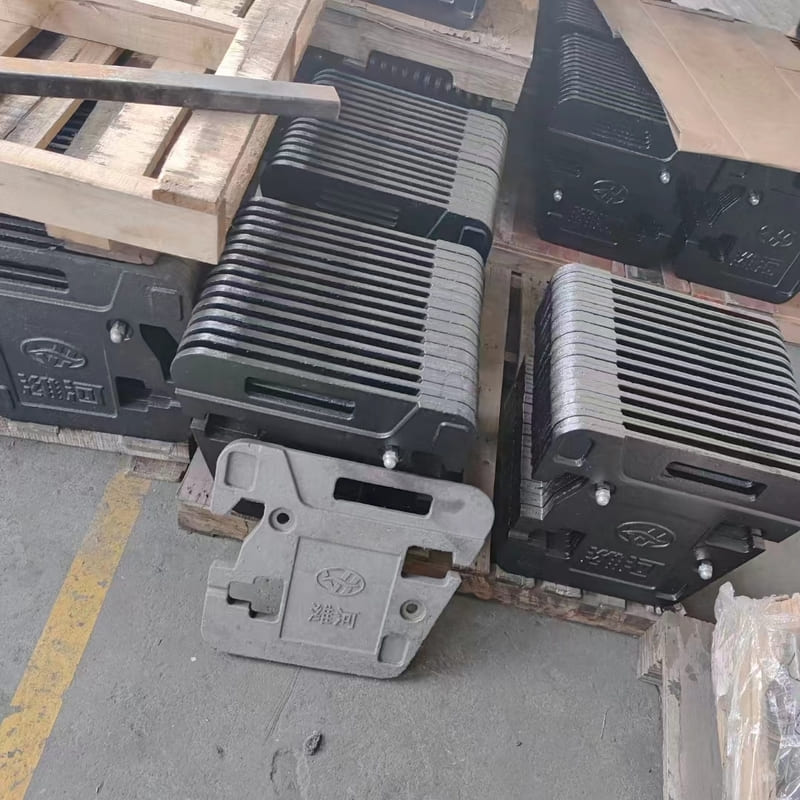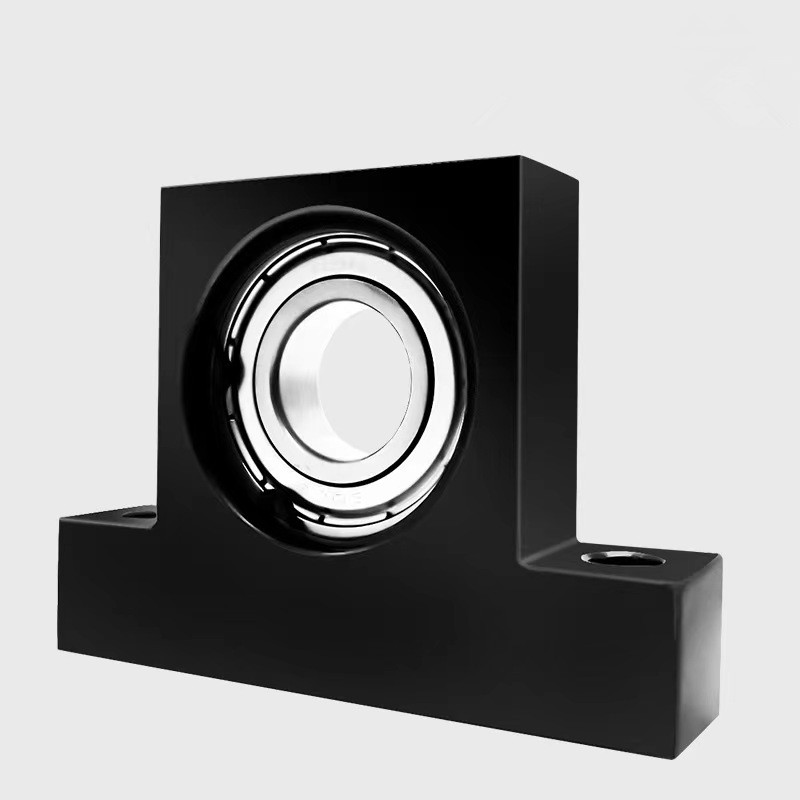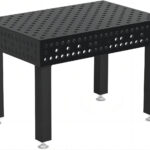In the world of metalworking, having the right equipment is crucial to ensure high-quality results. Among these essential tools is the welding table, a fundamental piece for any welder. Metal welding tables, specifically, provide a stable, durable surface that can handle the intense heat and weight associated with welding jobs. This article explores the key features of metal welding tables, their benefits, applications, and why they are a must-have in any welding setup.
Understanding Metal Welding Tables
Metal welding tables are designed to provide a robust and heat-resistant surface where welding tasks can be performed. They come in various materials, primarily steel, due to its durability and resistance to warping under high temperatures. These tables are typically equipped with a grid of holes or slots for clamping and positioning materials, making them versatile for different welding projects.
Key Features to Consider
When selecting a metal welding table, consider these essential features:
- Material: The best welding tables are usually made of steel, which provides excellent heat resistance and durability. For those working with lighter materials and requiring a rust-resistant surface, an aluminum welding table might be more suitable.
- Size and Portability: The size of the welding table should match the scale of your projects. Portable welding tables are available for those who need to move their workspace or have limited shop space.
- Surface Type: Some welding tables feature a flat top plate, while others have a grid or hole pattern for clamping. The welding table top plate should be thick enough to resist warping over time.
Applications and Scenarios
Welding tables are indispensable in both industrial and home workshops. They are used in automotive repairs, metal art creation, furniture making, and any scenario where metal pieces need to be fused together precisely and safely. The robust surface of a metal welding table ensures that projects remain stable during the welding process, leading to better weld quality and reduced accident risk.
FAQs About Metal Welding Tables
Q: How do I maintain my welding table?
A: Regular cleaning to remove spatter and debris, along with occasional surface treatment (like grinding or applying a protective coating), will keep your welding table in good condition.
Q: Can welding tables be customized?
A: Yes, many welding table manufacturers offer customization options. This can include specific dimensions, hole patterns, and even built-in fixtures like drawers or racks.
Q: Where can I purchase a high-quality welding table?
A: For premium quality and customizable options, visiting websites like kt-foundry can offer you a range of welding tables suited to your needs.
Enhance Your Welding Experience
Choosing the right metal welding table can significantly impact the efficiency and safety of your welding projects. Whether you are a professional welder or a hobbyist, investing in a good welding table is crucial. For those looking to acquire a new welding table or upgrade their existing setup, consulting with experts and suppliers like those at kt-foundry can provide you with tailored solutions that meet your specific needs.
By integrating the right metal welding table into your workflow, you not only ensure the quality of your welds but also enhance your overall productivity and safety in metalworking.






